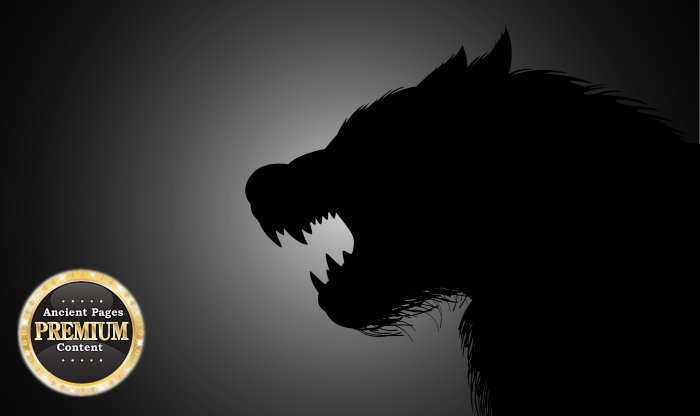A. Sutherland - AncientPages.com - "Those born with a birthmark, wolfish tufts of hair, or a caul on their head were believed to be werewolves." 1
A man can become an exceptionally horrible creature, known in ancient folk and mythological beliefs as a werewolf. In ancient times, it was believed in the possibility of transforming man into an animal, and this shape-shifting phenomenon is mentioned in the mythologies and legends of the whole world.
One such shape-shifting creature comes from Argentinean folklore and is known as a lobison (a 'werewolf'). During the full moon, the beast preys upon cattle and is, therefore, dangerous. Anyone who is bitten by one in its wolf form would become a lobison. Thus, when a seventh son is born, the child is destined to be a lobison.
In mythologies of ancient cultures, the werewolf was known under different names such as Slavic' vulcolaca', Polish wilkołak, Roman varcolac, and Greek mythology mentions' vrykolokas. In eighteenth-century France's folklore, a monstrous creature known as the Beast of Gevaudin was terrifying the countryside between 1764 and 1767. It looked like a long-legged, shaggy-coated hyena (a werewolf) with glowing eyes and was credited with the deaths of at least 100 people.
This is a preview of our premium article available only to members of Ancient Pages.
Become a member to read more - Click here
If you are already a member and have logged in to your account, you can access the article here
See also:
Miraculous Cauldrons Of The Ancient Celtic World
Shining Swords: Magical Artifacts That Symbolized Power, War, Punishment And Righteousness
More From Ancient Pages Library Of Ancient And Unexplained Mysteries








